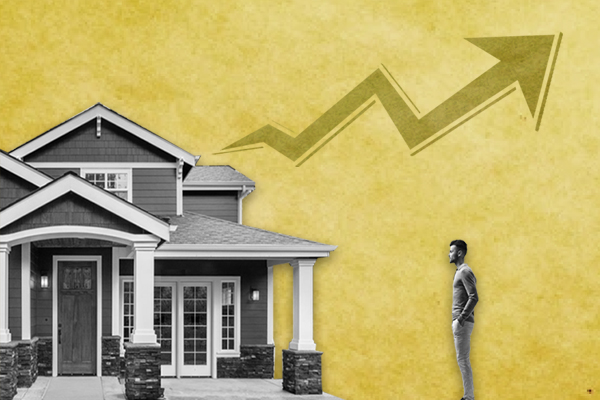The Affordability Gap: Mortgage Growth Is Leaving Rent Growth Behind
Homebuying costs have risen at a much steeper rate than rental costs have, according to a CONTI Capital analysis of several major U.S. metros.
Home purchasing costs have made a climb in the past 12 months, pushed upward by several economic influences. A shortage of housing supply was already making home buying less affordable prior to the COVID-19 pandemic, and then months of quarantine only exacerbated people’s desire to spread out into larger living spaces, expanding housing demand. Many millennials in the prime of their homebuying years found themselves pressed out of the housing market by buyers with more cash and by investors.
More recently, the Federal Reserve has bumped up interest rates in an effort to tamp down inflation, and higher interest rates have caused monthly mortgage rates to rise. This is creating a drastic shift from the low rates that encouraged people to buy homes earlier in the pandemic.
Subscribe now for more CONTI insights

Though rents in major U.S. metros have also inflated, their rise hasn’t been as drastic as the climb of mortgage rates, as we see in the sample report above from CONTI’s Monthly Mortgage Tracker tool. The Austin market, for instance, has drawn a great deal of in-migration and seen stellar job growth, particularly within the tech sector. Looking to the tables above, average rents as of April 2022 hit $1,725, growing nearly 20% year-over-year according to data from CoStar. Meanwhile, the average mortgage payment in Austin has struck $2,866 – nearly 74% growth year-over-year. Monthly mortgages in Austin are 66% higher than monthly rental rates as seen in the table furthest to the right, and the gap between the mortgages and rents has grown 53.1% in the past year.
Several of CONTI’s target markets are seeing similar patterns where average mortgage rates are surpassing average rents by a significant margin, and the gap is only growing. These markets include Raleigh-Durham, Nashville, Dallas and Atlanta.
This gap is indicative of the increasing number of Americans for whom it makes more financial sense to rent than to buy a home. While CONTI forecasts that rents will continue to climb, they’re mellowing off the breakneck increases seen in 2021. Meanwhile, CONTI analysts believe mortgages will continue to see the effects of several more interest rate bumps by the Fed over the next couple years, and we expect home buying to moderate.


